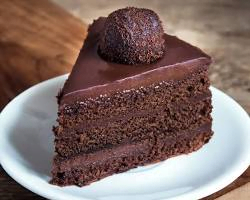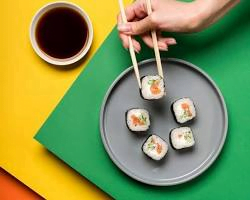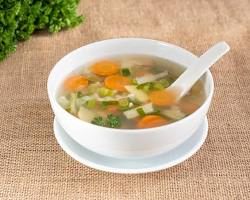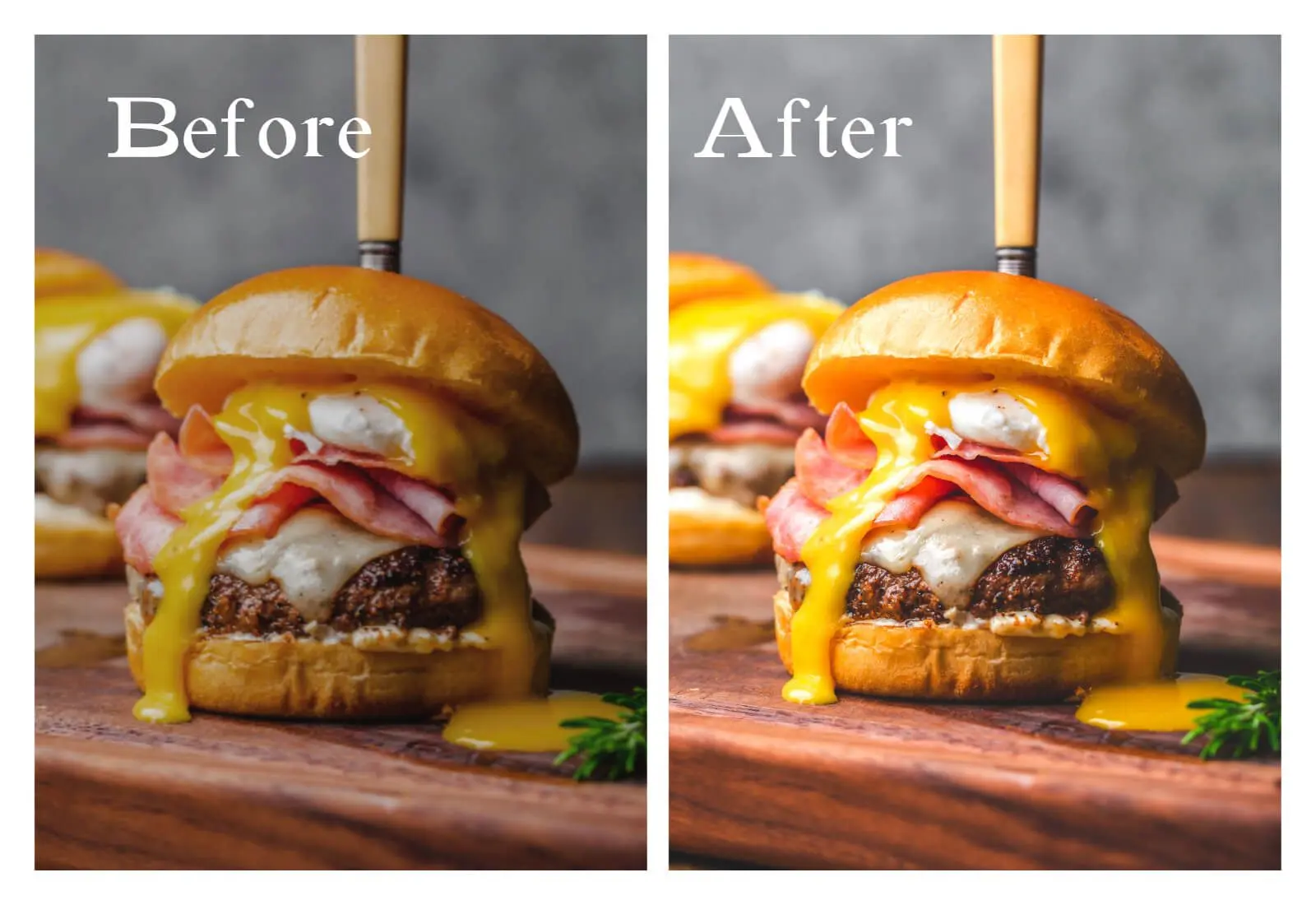Unlock the secrets of post-production editing for food photography. Learn how to enhance colors, textures, and details for truly captivating images.
Editing Elegance: Enhancing Food Photos in Post-Production
Food photography has become increasingly popular in recent years, with social media platforms like Instagram showcasing mouthwatering images of delectable dishes. However, capturing the perfect shot of your autumn special dishes is only the first step. To truly make your food photos stand out, post-production editing is essential. In this article, we will explore some techniques and tips for enhancing food photos in post-production, adding a touch of elegance to your culinary creations.
Pro Editing Tips
Here are some tips on how to edit food photos to enhance their elegance:
- Start with a good photo. This is the most important step. Take your time to compose your shot and make sure the lighting is good. If you can, use a tripod to keep your camera steady.
- Crop and straighten. Cropping your photo can help to focus attention on the food and remove any distractions. Straightening your photo will make it look more professional.
- Adjust the colors. One of the most important aspects of food photography is accurate color representation. In post-production, you can adjust the white balance and saturation to ensure that the colors of your dish appear vibrant and true to life. For autumn dishes, enhancing warm tones like oranges, yellows, and browns can help create a cozy and inviting atmosphere.
- Enhancing Details: To make your food photos more enticing, it’s crucial to enhance the details of the dish. In post-production, you can use tools like sharpening and clarity adjustments to bring out the textures and intricate elements of the food. This can make a simple dish like roasted root vegetables look more appetizing by highlighting the caramelized edges and crispy skin.
- Lighting Adjustments: Proper lighting is essential for any type of photography, and food photography is no exception. In post-production, you can make adjustments to the exposure, highlights, and shadows to create the desired mood and atmosphere for your autumn special dishes. Softening harsh shadows or brightening up certain areas can make the dish look more appealing and appetizing.
- Composition Refinement: Sometimes, a little cropping or straightening can go a long way in improving the overall composition of your food photos. In post-production, you can experiment with different cropping ratios or adjust the angle to create a more visually pleasing image. Pay attention to the placement of elements within the frame, ensuring that the focus remains on the dish itself.
- Adding Depth and Dimension: To make your food photos more visually interesting, consider adding depth and dimension through post-production techniques. This can be achieved by adjusting the contrast, highlights, and shadows to create a sense of depth in the image. Additionally, using vignetting or selective editing can draw attention to the main subject, making it pop off the screen.
- Special Effects: Depending on your personal style and the mood you want to convey, you may choose to add special effects to your food photos. This could include adding a soft glow, applying a vintage filter, or creating a matte finish. Just remember to use these effects sparingly and ensure that they enhance rather than distract from the main focus – the food.
- Remove imperfections. Use the clone tool or healing brush to remove any blemishes or dust spots from your photo.
- Add some drama. Use a vignette to darken the edges of your photo and create a more dramatic effect.
- Add text or graphics. You can add text or graphics to your photo to give it more context or make it more visually appealing.
Additional Tips
Here are some additional tips that you can consider:
- Use a lightbox or reflector to create soft, even lighting.
- Use a shallow depth of field to blur the background and focus attention on the food.
- Use props and garnishes to add interest to your photo.
- Experiment with different angles and compositions.
- Don’t be afraid to edit your photos heavily. The goal is to create a photo that looks its best, even if that means making some drastic changes.
With a little practice, you can learn to edit food photos that are both elegant and visually appealing.
Editing Softwares
Here are some software programs that you can use to edit food photos:
- Adobe Photoshop
- Adobe Lightroom
- Snapseed
- VSCO
- Canva
These programs offer a variety of tools and features that you can use to adjust the colors, contrast, brightness, and other aspects of your photos. They also allow you to add text, graphics, and other elements to your photos.
The best software program for you will depend on your budget, your skill level, and the features that you need. If you are just starting out, I recommend using a free or low-cost program like Snapseed or VSCO. Once you have more experience, you can upgrade to a more powerful program like Adobe Photoshop or Lightroom.
Here are some examples of elegant food photos:
- This photo of a chocolate cake is beautifully lit and the colors are perfectly saturated. The vignette adds a touch of drama and the text adds a touch of elegance.

- This photo of a plate of sushi is perfectly composed and the colors are vibrant. The shallow depth of field blurs the background and focuses attention on the food.

- This photo of a bowl of soup is simple yet elegant. The colors are muted and the lighting is soft. The overall effect is calming and inviting.

Conclusion
In conclusion, post-production editing is a powerful tool for enhancing food photos and making them more visually appealing. By adjusting colors, enhancing details, refining composition, and adding depth, you can elevate your autumn special dishes to a whole new level. Experiment with different techniques and find your own editing style to create stunning and elegant food photos that will leave viewers hungry for more.

